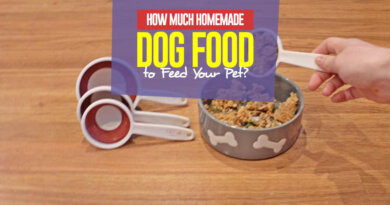Xylitol Poisoning – Whole Dog Journal
We know that xylitol is toxic to dogs. So why do I need to contact poison control if my dog has ingested a product containing xylitol?
Although xylitol may be in a product’s ingredient list, the amount of xylitol is not specifically listed on the label. You may notice an entry for “sugar alcohol” on the nutrition label. Most products that contain xylitol also contain other sugar alcohols, like maltitol and sorbitol. These are not toxic to dogs but are included in the total gram count of sugar alcohols on the label. This means that we cannot rely on the amount of sugar alcohol on the label to tell us how much xylitol a product contains.
The amount of xylitol a product contains can vary by flavor. For example, the popular sugar-free gum Ice Breakers has a wide variety of flavors. Each gum flavor contains a different amount of xylitol. Therefore, a dog who ingested strawberry daiquiri flavored Ice Breakers may have received a different dose of xylitol than a dog who ingested the grape flavored Ice Breakers.

ASPCA Poison Control maintains an extensive database of potentially toxic products and the amount of toxin each product contains. This organization is staffed by veterinary toxicologists, veterinarians, and licensed veterinary technicians that have been trained in toxicology. The information and advice they provide is constantly being updated based on the latest science, toxic product information, and medical knowledge about our pets.
When you and your veterinarian consult with ASPCA Poison Control, they formulate a customized treatment plan tailored to your dog and the toxin he ingested. Your veterinarian will also be able to follow-up with an ASPCA toxicologist during the course of your dog’s treatment. There is an initial consultation fee charged by ASPCA Poison Control that covers creating your dog’s customized treatment plan and any adjustments to that plan.
The level of treatment intervention may vary depending on how much your dog weighs, how much xylitol he ingested, any medications your dog receives, and your dog’s current health condition. The amount of xylitol-containing product recovered from making your dog vomit, how long it has been since your dog ate the product, and whether or not your dog is already showing symptoms of xylitol ingestion will also influence the treatment plan.
If the amount of xylitol your dog ingested is within a certain range, then your dog may only require monitoring and treatment for hypoglycemia. But if your dog ingested an amount that is known to potentially cause liver damage or failure, then it may be recommended to begin interventions to protect your dog’s liver before the damage or failure becomes clinically apparent.
Contacting ASPCA Poison Control when your dog has ingested a xylitol-containing product is one of the best things you can do to help your dog!




